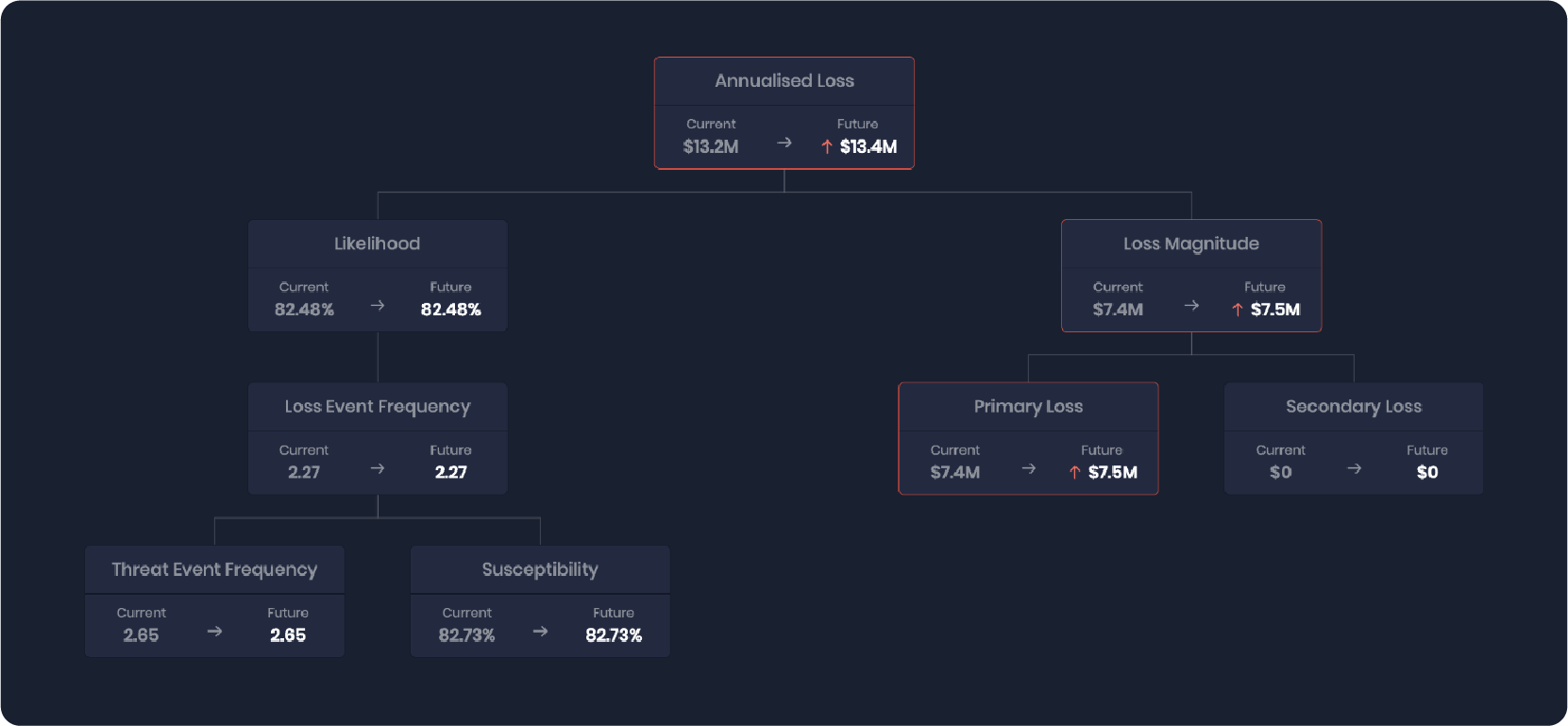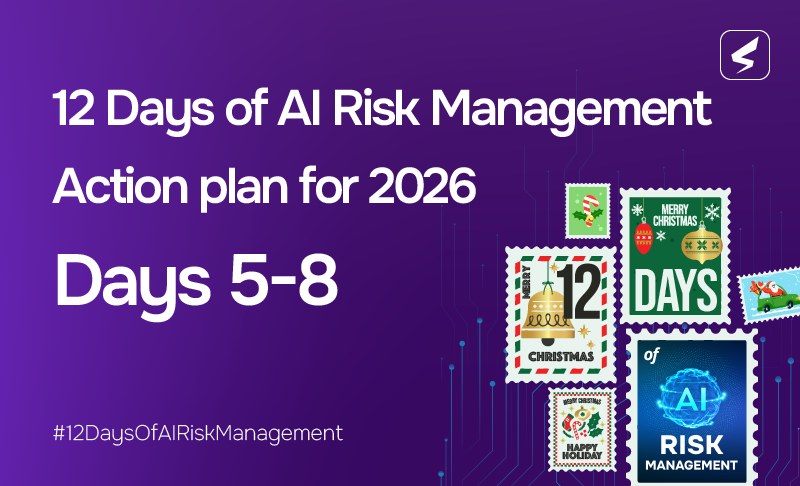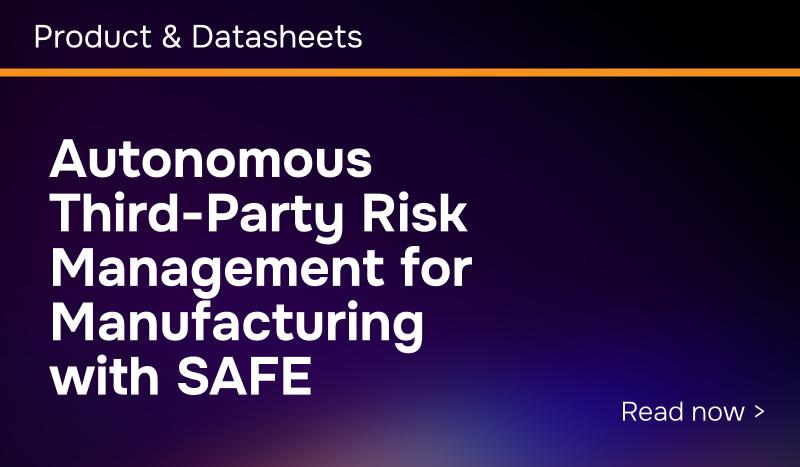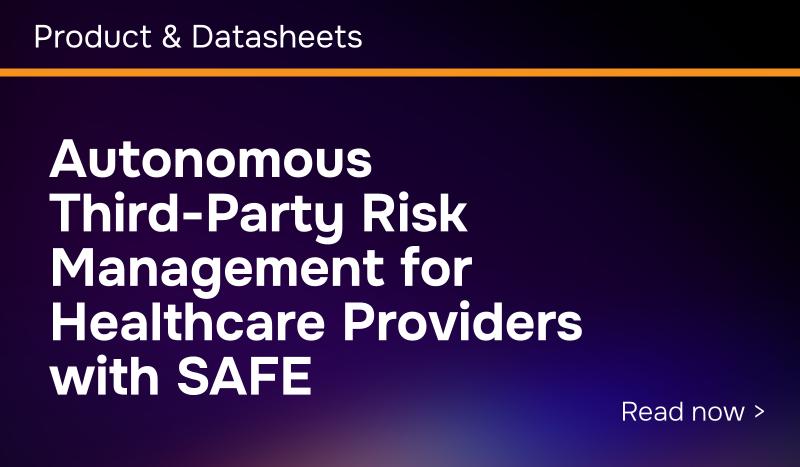Cybersecurity professionals agree on how to align cyber risk management with business goals
By Chad Weinman
The recent SiRACON Conference in Boston brought together cybersecurity professionals and risk management experts to discuss the latest trends and best practices in cyber risk quantification (CRQ). Here are three key takeaways from the event:
1. Diverse Maturity Levels, Shared Motivations
Organizations across various industries are at different stages in their cyber risk quantification and management journey. Some are just beginning, others are midway through implementation, and a few have established mature programs. Despite these differences, a common thread emerged: the drivers behind building quantitative-based programs are remarkably similar across the board.
The fundamental motivation is the need to measure and communicate cyber risk in terms that business leaders can understand. This approach ensures that resources are allocated efficiently to address the most critical risks facing the organization.

2. Cross-Functional Collaboration Is Crucial
Successful CRQ implementation requires support and alignment from multiple stakeholder groups within an organization. Speakers emphasized the importance of engaging with existing security departments, Enterprise Risk Management (ERM) teams, internal audit, and even legal departments.
This collaborative approach helps break down silos, ensures a comprehensive view of risk, and increases the likelihood of program success. By involving these diverse groups early in the process, organizations can create a more robust and widely accepted risk management program.
3. FAIR Is the Gold Standard
Despite new approaches and occasionally a new model for the cyber risk quantification space, the Factor Analysis of Information Risk (FAIR™) model continues to dominate the field. It remains the most widely adopted and referenced framework for risk programs today.
The continued popularity of FAIR is not without reason. Its structured approach to quantifying and managing information risk provides organizations with a consistent, repeatable method for assessing and communicating cyber risk in financial terms. This alignment with business objectives makes FAIR an invaluable tool for organizations seeking to mature their cyber risk management practices.
NOTE: Chad Weinman is a current board member of the SIRA organization, a community that believes data > dogma.

SAFE Brings Automation to FAIR
The combination of the FAIR Model and SAFE’s CRQ solution brings the benefit of automation and integrations to the cyber risk quantification (CRQ) programs, allowing them to scale at the level of the enterprise, and to monitor and manage risks in real-time. This integration will deliver value to organizations looking to optimize their cybersecurity strategy and take control of their risk management processes using cyber risk quantification and management. Benefits include:
- Switch from Static and Manual to Dynamic and Real-time CRQ
- Delivers a Continuous View of Cyber Risk and Controls Effectiveness
- Enables Quantification of Business Risk Based on Open Standards
- Provides Actionable Insights to Prioritize Critical Control Gaps
Learn more: Read our data sheet on FAIR Automation.



